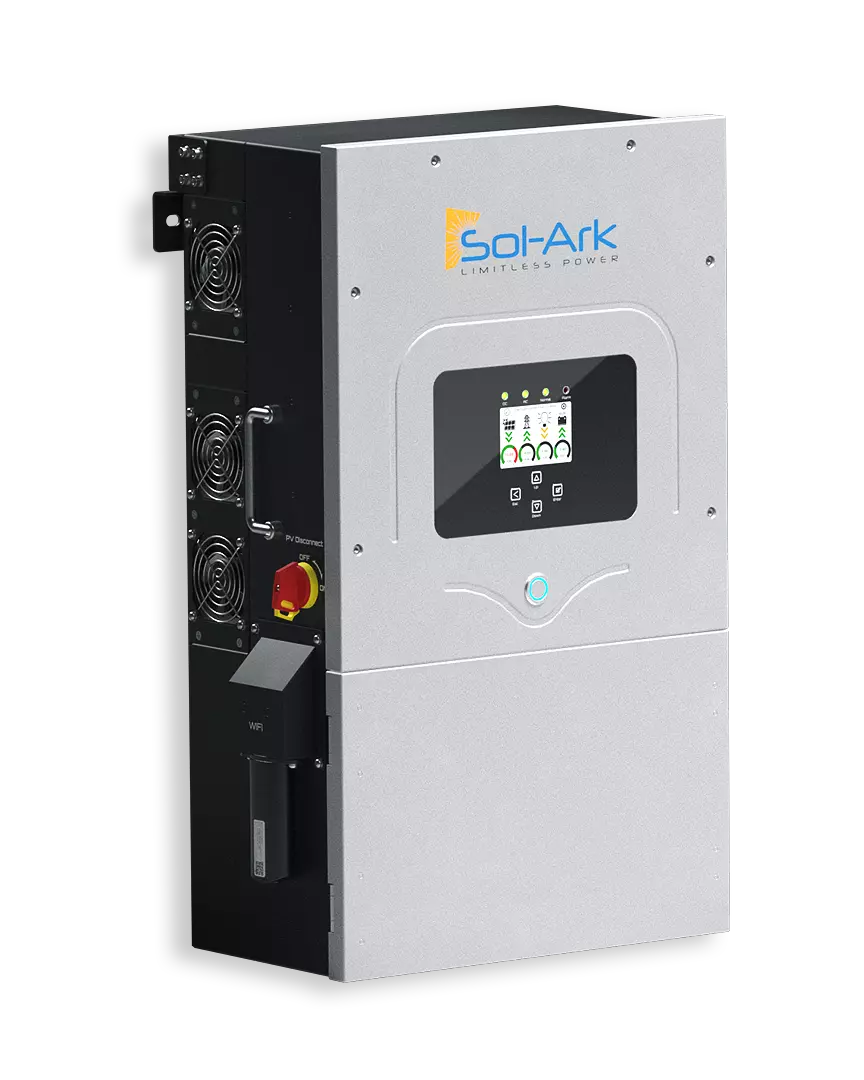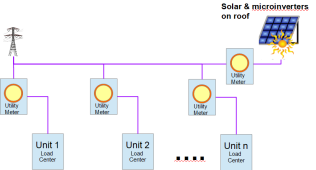SamIam
New Member
Hi everyone:
This is my first post, but I believe that it is a novel and interesting question for this forum. After watching Will Proste's excellent YouTube titled, "Automatic Transfer Switch for Small DIY Solar Systems: How it Works, Application and Instructions", I have the following question:
Is it possible to completely power our condominium unit using our existing 100amp electrical panel without touching common electrical/meter room in California?
More related questions/issues:
Many thanks!
This is my first post, but I believe that it is a novel and interesting question for this forum. After watching Will Proste's excellent YouTube titled, "Automatic Transfer Switch for Small DIY Solar Systems: How it Works, Application and Instructions", I have the following question:
Is it possible to completely power our condominium unit using our existing 100amp electrical panel without touching common electrical/meter room in California?
More related questions/issues:
- Can 100% of the equipment be located in our condo and on the roof in California?
- Can a massive Automatic Transfer Switch be located inside our condo's closet next to the 100amp panel?
- If so, please describe the capacities and capabilities that it would require, and recommend specific makes and models, if possible.
- Can all of the 120v, and all of the 240v circuits in our condo's excising panel and walls be 100% served by PV/battery?
- Would it still be best for the battery bank to be 48v?
- Should I be concerned because the 42-year-old electrical panel has aluminum busbars?
- Am I correct in thinking that a separate DC circuit can branch off from the huge battery bank directly to a Tesla car charger under our condo, and that the over-sized battery bank would not jeopardize the safety of the existing 100amp panel/circuitry/wiring?
- Any specific examples or advice?
- Any examples of this having been done successfully, or unsuccessfully?
- Can a massive Automatic Transfer Switch be located inside our condo's closet next to the 100amp panel?
- California / SDG&E:
- Since the Automatic Transfer Switch will not be connected inside the common meter room, will it be completely impossible to grid-tie and contribute to the "public" grid using the roof-mounted PV?
- Assuming that it will not be possible to tie into the grid from inside our condo, then would it indeed be impossible to qualify for any Federal, State or utility incentive/taxrebate or excess-solar-electricity-credit programs?
- Would it be possible/acceptable/qualified to do Net Energy Metering remotely, from inside the condo?
- Here's a link to current SDG&E/Sempra info: https://www.sdge.com/residential/solar/getting-started-with-solar
- The State of California requires all HOAs to make reasonable accommodations enabling owners and residents to add PV to their condos/apartments, and the building roofs.
- My extraordinary Wife and I could use AC extravagantly without guilt or utility costs.
- No added expense of running long ugly heavy-gauge copper wiring for long runs to the building's common electrical/meter room.
- Our energy would be sourced from 100% solar, with no coal, gas or nuclear sources.
- I could finally justify getting my Wife a Tesla, and we could charge it at home.
- We would be unaffected by increasingly-frequent SDG&E blackouts and brownouts.
- We would increase the value of our property.
- I am our HOA's President, and I like to make responsible architectural upgrades that other owner's can reproduce, and they can refer to my approved building permits and inspections as precedent.
- My audiophile stereo equipment would be fed with pure sinewave current with very consistent voltage.
- If reasonable/responsible, then this approach would be especially attractive to high-rise (and very long mid/low-rise like ours) condominium and apartment owners and residents, where the electrical/meter room is located hundreds of stories below the condo/apartment.
Many thanks!
Last edited:





